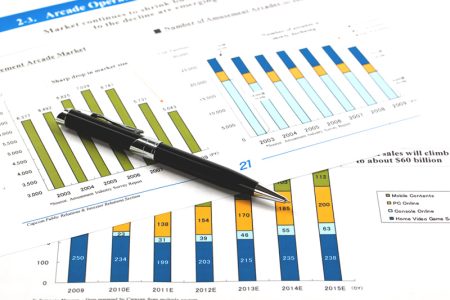Recent data reveals Australia’s economy has shown signs of strain, with key economic indicators plunging to their lowest points in years. The Judo Bank Flash PMIs, a measure of nationwide business activity, have highlighted this downturn. The composite index, which aggregates both the manufacturing and service sectors, has fallen to an eight-year survey low, registering just above the contraction threshold at 46.4. This marks the weakest performance outside of periods under lockdown.
The service sector, in particular, has been hit hard, with activity dipping to its lowest level in over two years. The index fell to precisely 46.5 points, indicating a contraction in the sector and reflecting broader economic challenges.
Despite these troubling economic signals released today, the Australian dollar (AUD) has demonstrated resilience in the foreign exchange markets. In early trading on Thursday, the AUD held its ground against the US dollar (USD), trading around 0.6540, despite opening slightly stronger on Wednesday at 0.6557.
Investors and market observers are closely monitoring these developments as the Australian economy grapples with internal and external pressures. The stability of the AUD amidst weakening economic fundamentals suggests a complex interplay of market forces and anticipations that may be influencing currency valuations.
This article was generated with the support of AI and reviewed by an editor. For more information see our T&C.
Read the full article here














